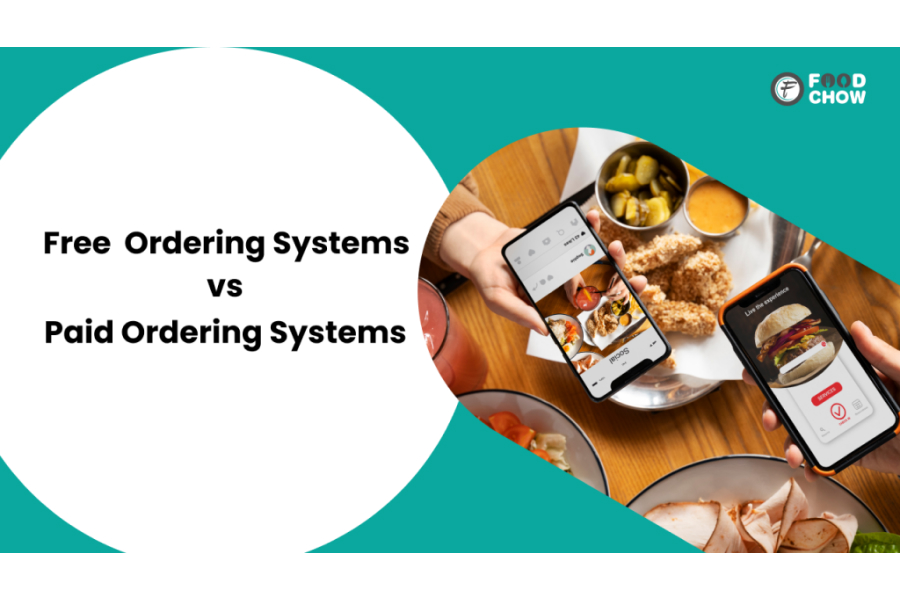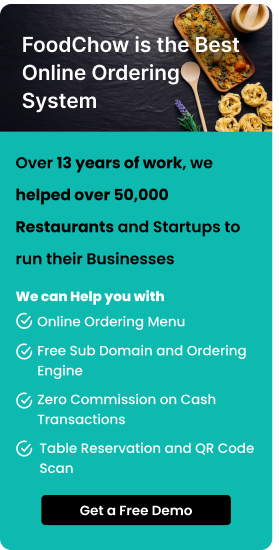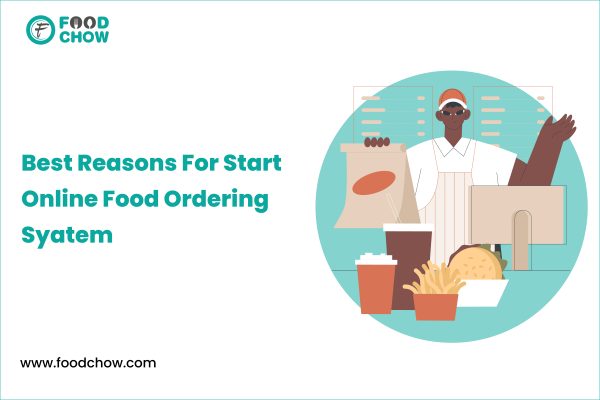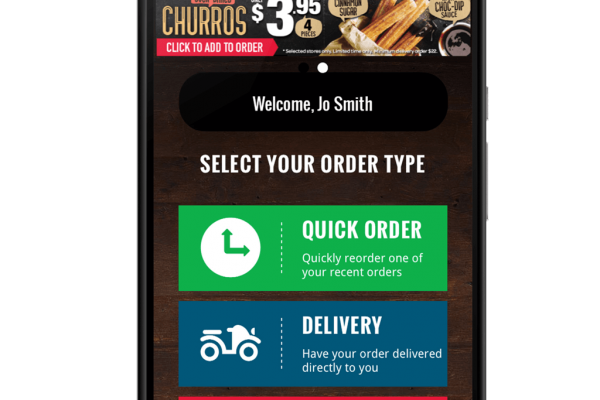In today’s digital age, online ordering systems are a must-have for restaurants, cafes, and food businesses. They help you reach more customers and run things smoothly.
But, here’s the big question: Should you go for a paid system or stick with a free one? Let’s break it down so you can make the right choice for your business.
Understanding the Basics
Before we dive into the comparison, let’s get the basics right about paid and free online ordering systems.
Free Online Ordering Systems
What are they?
As the name suggests, these are free. They give you the basics – setting up menus and taking orders online. But, they might not have all the fancy features you’d find in paid ones.
Paid Online Ordering Systems
What are they?
These are like subscription services. You pay a regular fee, and in return, you get a powerful online ordering platform. Paid systems offer lots of cool features, let you customize things to match your style, and they play nicely with your Point of Sale (POS) system. Plus, you can count on good customer support if you need help.
Difference between Free vs Paid
Free Ordering Systems
- Free or low-cost
- Basic features, such as menu creation, order management, and payment processing
- May not be as secure as paid systems
- May not be scalable for large businesses
- May have limited support options
- May not be customizable
- Easy to set up and use
Paid Ordering Systems
- Monthly or yearly subscription fee
- Advanced features, such as loyalty programs, marketing tools, and integration with other software
- More secure
- Scalable for large businesses
- More support options
- More customizable
- May be more difficult to set up and use
Key Things to Think About
Now, let’s talk about the important stuff when it comes to making your choice.
We’ll explain each table element in detail below.
Cost
Free ordering systems are typically free or have a low monthly fee.
Paid ordering systems can cost hundreds or even thousands of dollars per month, depending on the features and customization options you need.
Features
Free ordering systems typically have limited features, such as the ability to take orders and process payments.
Paid ordering systems offer more features, such as the ability to create a custom menu, track inventory, and manage customer loyalty programs.
Security
Free ordering systems may not be as secure as paid systems. This is because they may not have the same level of encryption and fraud protection.
Paid ordering systems are typically more secure because they have invested in security measures to protect customer data.
Scalability
Free ordering systems may not be scalable for large businesses. This is because they may not be able to handle a large volume of orders or transactions.
Paid ordering systems are typically scalable for large businesses because they have the capacity to handle a large volume of orders and transactions.
Support
Free ordering systems may have limited support options. This means that you may have to troubleshoot problems on your own or wait for a response from customer support.
Paid ordering systems typically offer more support options, such as phone, email, and chat support.
Customization
Free ordering systems may not be customizable. This means that you may not be able to change the look and feel of the system or add your own branding.
Paid ordering systems are typically more customizable because they offer a variety of options for changing the look and feel of the system.
Ease of use
Free ordering systems are typically easy to set up and use. This is because they are designed for businesses with limited technical expertise.
Paid ordering systems may be more difficult to set up and use, especially if you need to customize the system.
Some key advantages and disadvantages of free and paid software
Free Ordering Systems
Pros:
- Low cost or no cost
- Easy to set up and use
- Often have a large user base
Cons:
- May have limited features
- May not be as secure as paid systems
- May not be scalable for large businesses
Paid Ordering Systems
Pros:
- More features and customization options
- More secure
- Scalable for large businesses
Cons:
- Cost money
- May be more difficult to set up and use
There are many different ordering systems available, so it is important to choose the one that is right for your business. If you are a small business with limited needs, a free ordering system may be a good option.
FoodChow is a free online ordering system that offers a variety of features, including the ability to create a custom menu, track inventory, and manage customer orders.
FoodChow also offers a commission-free ordering option, which can help you to save money.
Some of the features provided by FoodChow’s free online ordering system are as follows:
- Create a custom menu
- Track inventory
- Manage customer orders
- Commission-free
- Easy to set up and use
- Customer support
Conclusion
There is no one-size-fits-all answer to the question of whether to use a free or paid ordering system. The best choice for your business will depend on your specific needs and budget.
Try FoodChow’s free online ordering system today and see how it can help your restaurant!
Like to add your pos or restaurant technology or food on this blog? Click here to send us a request. Gain more customers, traffic and high quality link to mention your product.






